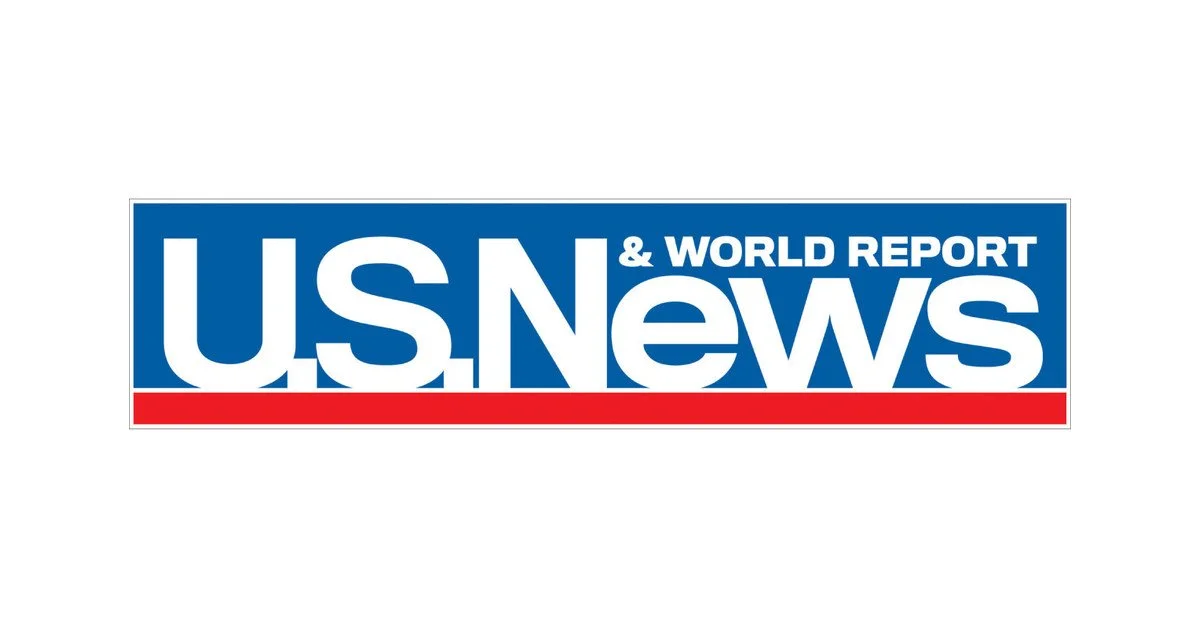SCott Snider, CFP®, RICP®

Woody Hayes famously said, “success - it’s what you do with what you’ve got.”
The “money talk” is an uncomfortable subject for many people, however, one of Scott’s greatest strengths is relating to his clients in a genuine way. PARAGON’s clients gain comfort in knowing that they have a trusted advisor who will listen to them without judgment. Thereby giving them the confidence to open up about the important issues at hand and get to the root of what really matters to them.
While Scott believes “the numbers tell the story”, he also understands that everything in life can benefit from the proper context. It’s that delicate balancing act that allows Scott to help his clients remain on track toward achieving their financial goals while still maintaining their desired lifestyle.
After spending nearly a decade as a financial advisor with large investment and banking institutions creating financial plans and advising on retirement income strategies, Scott took the leap to start his own independent financial planning firm in 2016 – Mellen Money Management. For 4 years, he grew a successful advisory firm, then in 2020 Scott and his business partner merged with PARAGON. As an entrepreneur with bigger goals in mind, Scott seized the opportunity to partner with a firm whose mission really spoke to him – honesty, hard work, continuous education, and world-class service.
Mr. Snider is a CERTIFIED FINANCIAL PLANNER™ professional. He has served as a 5-year board member and the former president (2021) of the Financial Planning Association of Northeast Florida. Scott also holds the following designations and certifications:
RICP™: Retirement Income Certified Professional designation
CRPC®: Chartered Retirement Planning Counselor
He received his bachelor’s in finance from Miami University (OH), where he also minored in economics. Additionally, Scott has been a featured expert in such publications as Market Watch, Investment News, Money Magazine, and The Washington Post.
Scott and his wife, Emily, reside in Ponte Vedra Beach with their 3 girls and 2 dogs. In his spare time, you can find him out on the tennis courts, cheering his daughters on at their sporting events, cracking a joke at his own expense, or sharing laughs with family and friends.
Welcome to the first installment of our Social Security series: An Introduction to Social Security. This article, and the others within our Social Security series, will focus on the particulars related to retirement and survivorship benefits.
Alas, the answer to the title question of this article is… it depends. I was tempted to say “yes” and make this a very quick read. However, I didn’t want to shatter anyone’s retirement dreams. As a Certified Financial Planner™ (CFP®) practitioner, my goal is to do the opposite of that. Really, the honest way to assess this question is to examine if a retiree’s financial resources are enough to last them their lifetime. Doing so will go a long way towards determining whether or not they should consider unretiring during a stock market crash.
As of the most recent consumer price index (CPI) reading on Aug 10, inflation came in at 8.5% annualized. While the rate has come down from the 9.1% reading in June, it remains to be seen if this is a temporary step in the right direction or if inflation has in fact peaked. Any way you slice it, Americans are experiencing the worst level of inflation since the end of 1981.
With that in mind, we created a 5-page powerpoint style guide that explains how Public Service Loan Forgiveness (PSLF) works.
An important aspect that applies to all is that the funds you buy or sell are potentially subject to trading commissions, which are charged by your custodian (e.g. TD Ameritrade or Fidelity).
From pre-approval to interest rates and mortgage insurance, determining and understanding what mortgage suits your needs can be a difficult and complex task
Buying a house, especially for first time homebuyers, typically begins with a sense of excitement. However, without a good plan and team around that buyer, that initial excitement can quickly turn into an overwhelming process.
Sure planning a family has always been a "thing." However, such a decision in today's world is putting a heavier burden on the next generation of young adults than ever before.
A much more enviable position to be in is when someone can simply write a check when the rainy day arrives. Having the ability to do so is much less stressful than being forced to borrow at double-digit interest rates.
Many young professionals with both student debt and a house find themselves carrying 2 mortgage-like payments.
Americans have a great track record of pulling together when it matters most. It is time to do it again. More importantly, I want to thank all of the people on the front lines helping us fight this deadly virus.
When used properly annuities can be a useful income solution to take the pressure off of withdrawing a higher percentage of money from growth-oriented assets that often carry higher volatility and drawdown risks.
The Price-to-Earnings ratio, commonly called the P/E ratio, can be defined as a company's stock price divided by its earnings per share from the previous 12 months.
If the average investor only knew the truth, they would care less about where the Dow finished the year and leave it up to the financial professionals and historians.
A successful football team like a successful financial plan requires a high level of synergy across the board from several different components.























